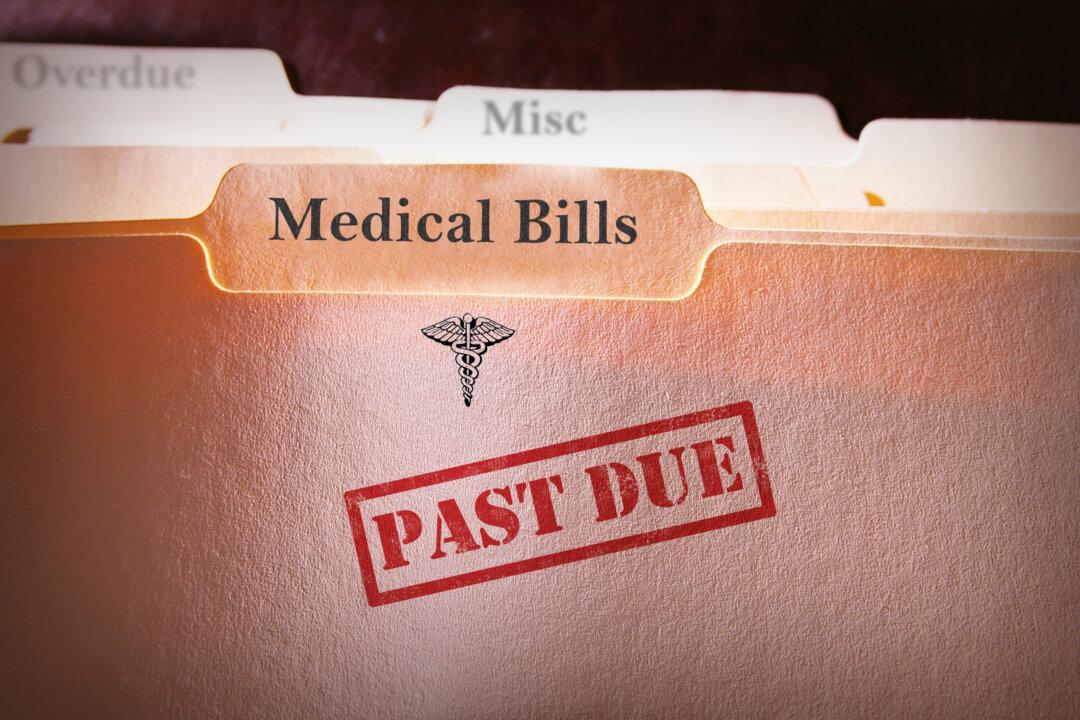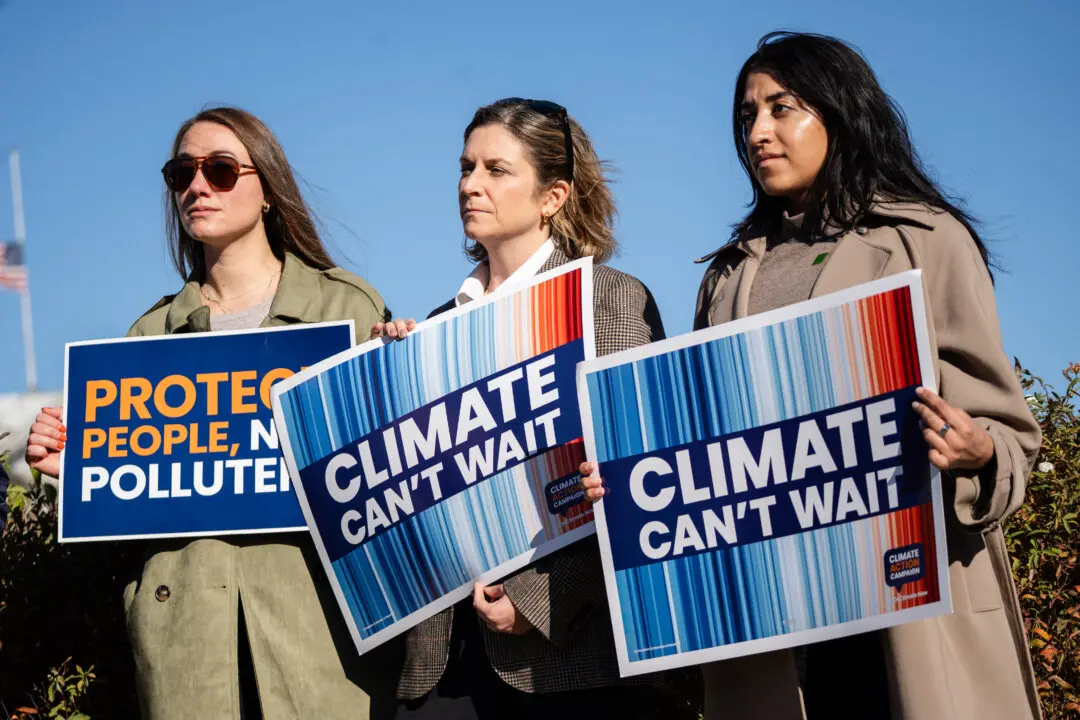Nearly two-thirds of Americans say they are living on the brink financially and worry that they would not be able to cover an unexpected expense or even a short-term loss of income, a new survey finds.
According to an Oct. 23 Bankrate survey, 62 percent of respondents said they did not have enough saved up to cover an emergency. This includes 26 percent who said they are “slightly behind” on emergency savings and 37 percent who said they are “significantly behind.”





